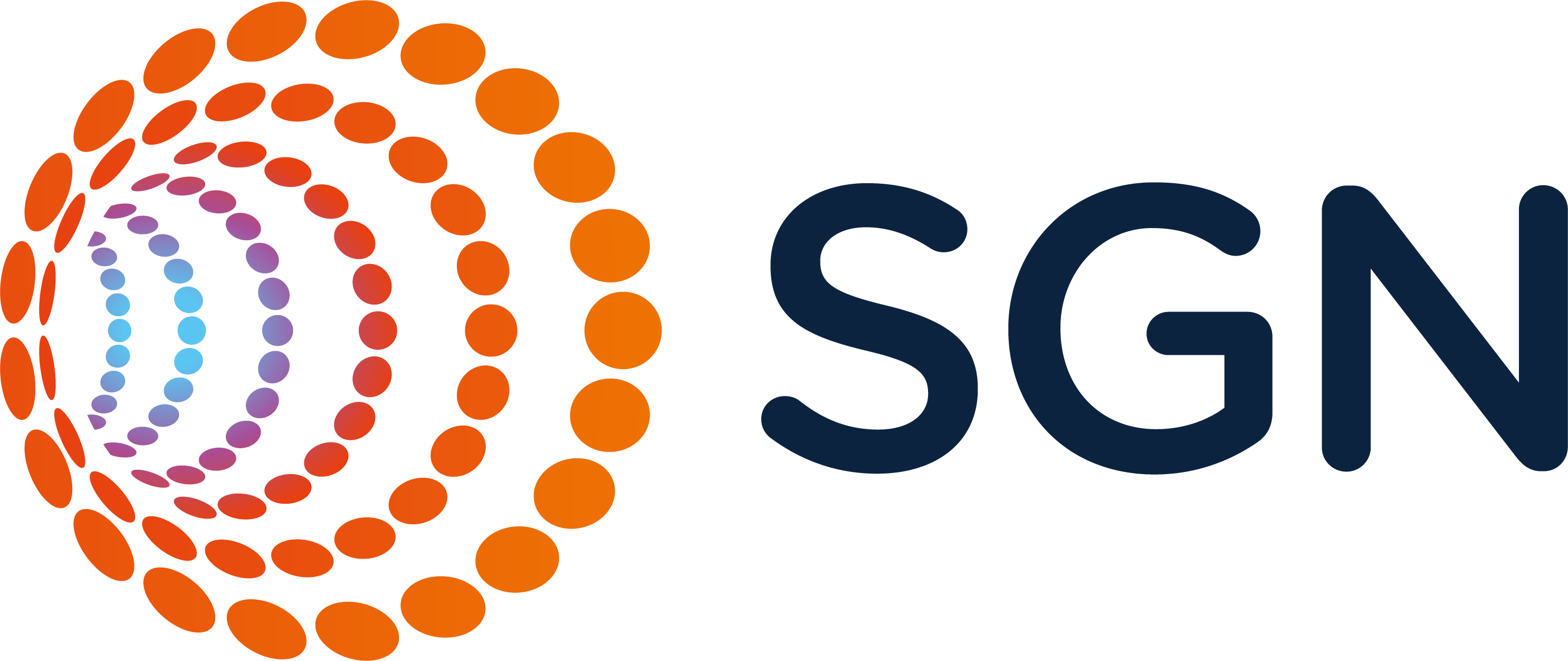Egnida
Using augmented reality to increase CO awareness among 20,000 university students
Our project at a glance
- Participating GDNs: Cadent, Northern Gas Networks, SGN and Wales & West Utilities
- Strategic priority area: Carbon monoxide awareness
- Support target: 20,000 students
- Duration: October 2023 to April 2025
- Investment: £80,000 over 18 months
- Forecast SROI: £3.51
Why we’re working together
Students moving into rented accommodation, attending festivals and having BBQs are at an increased risk of carbon monoxide poisoning. Lack of awareness of the risks of CO and how to prevent CO harm are major contributing factors to the number of CO-related deaths and injuries.
As Britain’s four gas networks, we’ve joined together on a collaborative awareness-raising campaign targeted at university students.
Engagement with safety awareness campaigns is often particularly low among young people aged 18 to 25. Competing for their attention is a challenging task, even when sharing potentially lifesaving information. That’s why we’ve partnered with technical consultancy Egnida to create an augmented reality campaign with a unique incentive scheme, creatively designed to engage and educate this hard-to-reach demographic.
Project objectives
- Engaging with students at four universities across England, Scotland and Wales
- Raising awareness of carbon monoxide among 20,000 university students nationwide
How we’re working together
Coffee shop coasters
Our bespoke drinks coasters are at the heart of this campaign, strategically placed in coffee shops on university campuses. Each coaster will contain a QR code linking to the campaign webpage, where students are encouraged to participate in a short virtual training session in exchange for a voucher towards a discounted drink.
By placing the coasters in coffee shops, we’ve chosen a location where there are minimal other demands on the students’ time. Not only does this give the students more time to absorb the potentially lifesaving information, but it also increases the likelihood of take-up.
Augmented reality videos
After scanning the QR code on the coaster with their smartphone, the user will be taken to our campaign webpage to begin a three-minute training course. The course uses augmented reality animations to explain the dangers of carbon monoxide, how to spot the symptoms of CO poisoning and what students can do to keep safe.
The webpage will use the glyph printed on the coaster, visible through the device’s camera, to show the user a series of 3D models placed on the table in front of them. The user will be able to move their device around to see different angles of the models.
Free drinks voucher
We’ll measure the increase in CO awareness at the start and end of the interactive course by using a short questionnaire. Once the student has completed the course, they will receive a discount voucher to put towards a drink in the coffee shop where the coaster is located. We’ve purposefully chosen this small, instant incentive to engage students with our campaign, rather than a larger incentive, to engage time-poor students with our campaign at the point they see our coasters.

